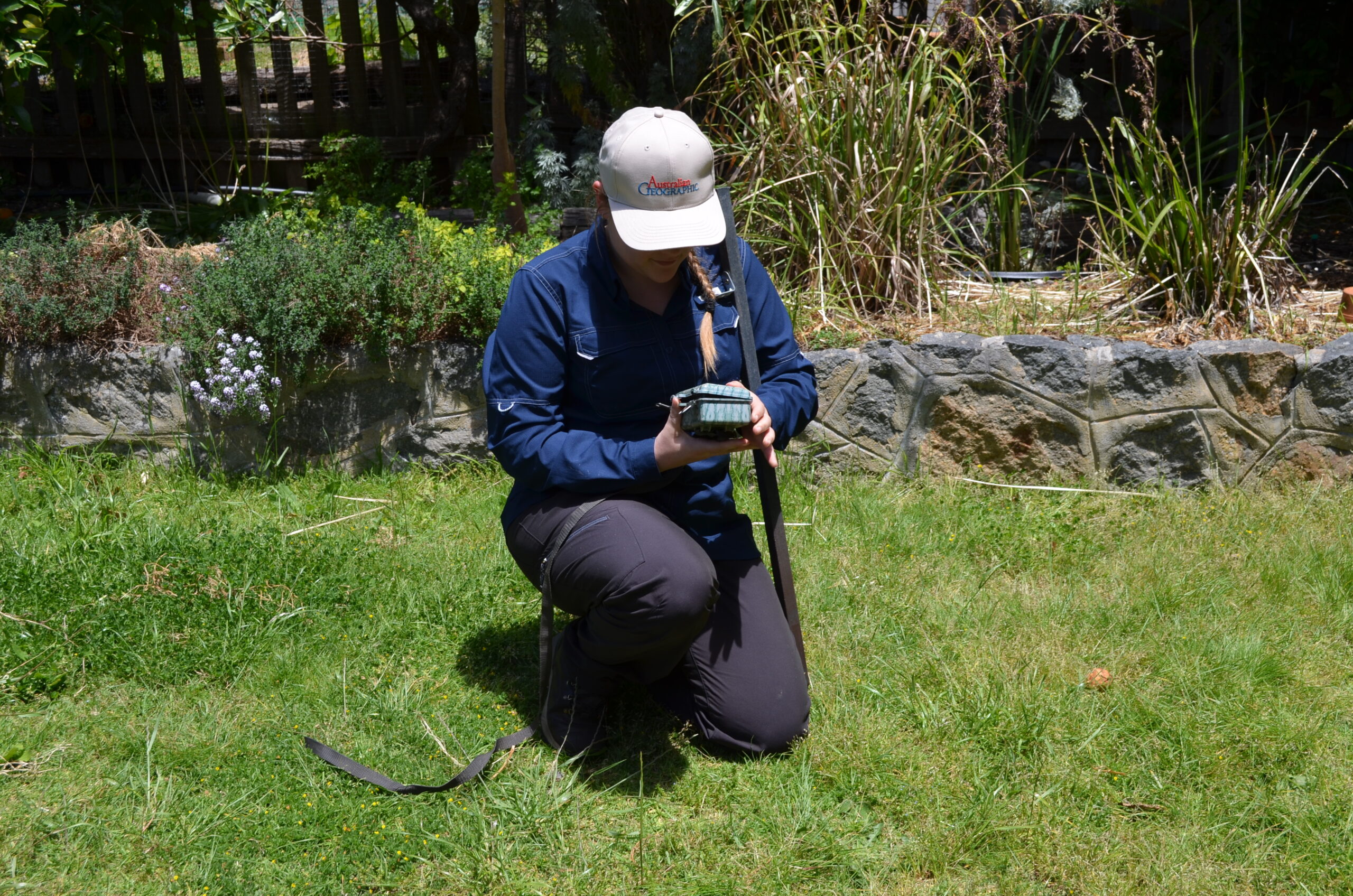Gardening for Wildlife
Citizen Science Project: ‘Turning gardeners into conservationists: using gardens to conserve wildlife.’

Citizen Science Project: ‘Turning gardeners into conservationists: using gardens to conserve wildlife.’
Through this project, we aimed to connect residents with the biodiversity in their gardens, raise awareness about our urban wildlife, and inspire an appreciation for nature and conservation within both city and natural landscapes.
After 18 months and over 15,000 wildlife surveys completed by more than 240 citizen scientists across southwest Australia, we can now share the final outcomes of the Turning Gardeners into Conservationists project. Read a summary of the biodiversity and human wellbeing benefits of gardening for wildlife here: Citizen Science: Results are in!
For the full details of the project’s ecological and sociological research highlights, read our Community Report.

The University of Western Australia and Perth NRM partnered to deliver the ‘Turning Gardeners into Conservationists’ project supported by the Australian Government’s Inspiring Australia Science Engagement Programme. This three-year project engaged with citizen scientists to research the potential benefits of wildlife friendly gardening for native wildlife and human wellbeing. The project provided valuable new knowledge in urban ecology, built community capacity to contribute to conservation, and created a long-term wildlife monitoring database for southwest Australian gardens.
There were two key research aspects to this project that citizen scientists could choose to be involved in:
For the full details of the project’s ecological and sociological research highlights, read our Community Report. For a summary of the citizen scientist resources used in this project, explore the tabs below.
The below training resources were developed as part of the Turning Gardeners into Conservationists project, to support citizen scientists in species identification, wildlife monitoring, and habitat structure installation.
Please contact our Lead Researchers for more information.
For any questions about the sociological research, contact:
Dr Laura Skates
Citizen Science Project Manager
Perth NRM
e: [email protected]
p: +61 8 9374 3302
For any questions about the ecological research, contact:
Dr Bronte Van Helden
Research Associate
University of Western Australia
e: [email protected]
p: +61 8 9842 0855